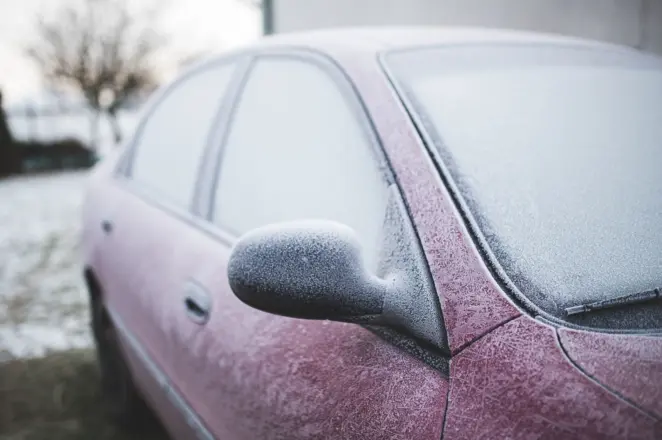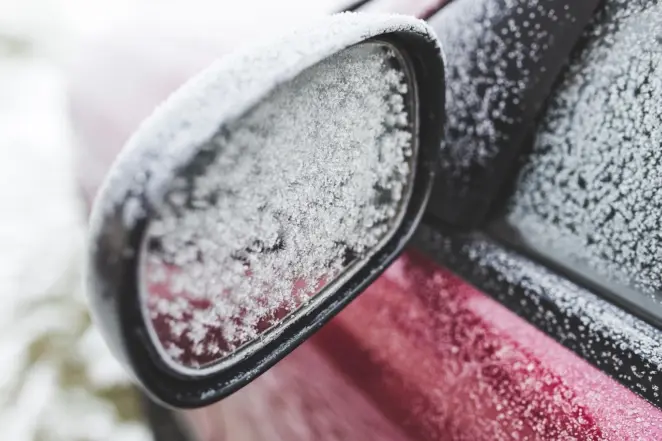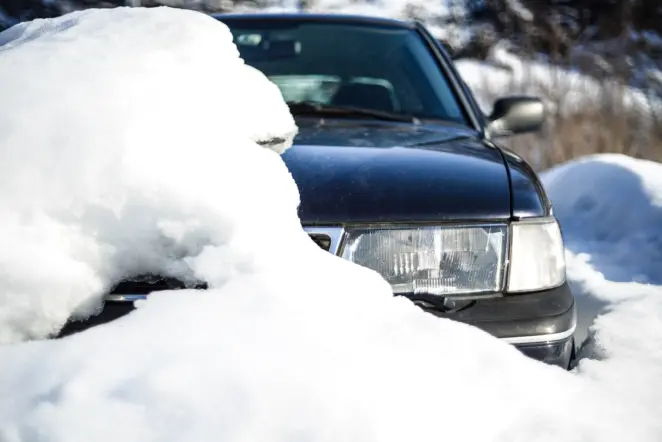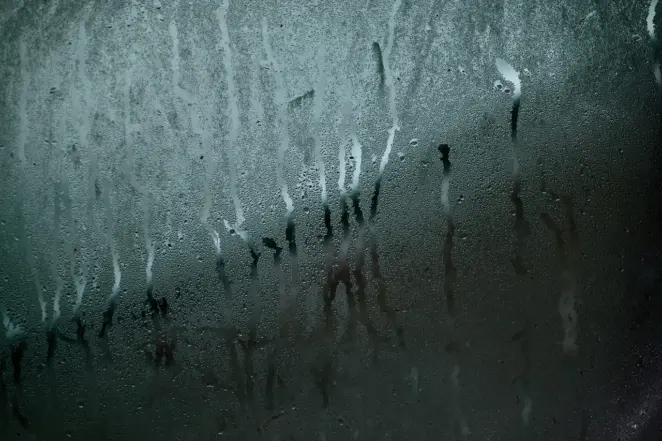How to de-ice your car properly, without damaging the windscreen
Frozen windscreens are no doubt a dreaded sight for the early morning commuter and can throw a spanner in the works for your routine. With winter coming rapidly, here is how to de-ice your car properly without damaging your windscreen!
What You Will Need:
A simple winter bag in the boot of your car will help you tackle ice with ease:
- An ice scraper.
- Aerosol anti-freeze.
- A small microfibre towel to wipe condensation.
Why does my car windscreen freeze up?
When the surface temperature of your windscreen reaches 0°C, water vapour in the air condenses and begins to freeze. Unfortunately, this happens on glass quicker than it does on other surfaces of your car.
Windscreen covers are a great preventative measure you can take. They are fairly inexpensive and simply attach by stretching it across the windscreen and closing the edges in on the car doors to stop them sliding off. It may take a bit of practice to get it right, but will save you a few precious minutes in the cold winter mornings. Just make sure if it rains, you bring it inside to fully dry off before you use it again, otherwise it won’t work and may actually freeze to the glass!


How to de-ice your windscreen properly:
If your car does not have a pre-heating timer:
- Turn your windscreen heater on: Fire up the engine and turn your fans and windscreen heater to max. It may take a few moments for the temperature to get warm, but this will make the de-icing process much quicker and warm up the cabin for your journey.
- Clear any thick snow from the windscreen: Brush away the snow so you can easily get to the icy surface below. Don’t forget about the roof!
- Apply some canned de-icer: Aerosol de-icer is a fantastic way of breaking up the ice on your car making it easy to gently scrape the ice away. Simply shake the can and spray each window with a generous amount, the de-icer will begin to work immediately.
- Simply scrape the ice away: With a simple ice scraper, remove the ice to clear the windscreen. Ensure you de-ice your wing mirrors and windows.
If your car has a pre-heating timer:
- Check your handbook: Make sure you understand how your car’s system works and follow the manufacturer’s instructions.
- Set the timer or remote start: Many cars now let you warm up the cabin and windscreen before you step outside. Setting it in advance means your car will be defrosted and ready to go.
- Clear heavy snow: Pre-heating helps with frost, but it won’t remove thick snow. Always brush off any snow from the windscreen and roof before driving.
Remember: Whether your car has a pre-heating option or not, never leave your car unattended with the key in the ignition and engine running. It invalidates insurance and makes your car vulnerable to theft.

What Not to Do:
De-icing a car windscreen is a fairly simple process however there are some techniques that you should certainly avoid to prevent damaging or even smashing your windscreen.
Don’t use boiling water: Applying boiling water over a frozen windscreen can seem very tempting, however doing so may cause the glass to crack or even shatter due to rapidly changing its temperature from one extreme to another.
Don’t clear just a portion of the windscreen: This one may sound like common sense, after all - you need to be able to see clearly right? Unfortunately, this fact is lost upon some of the population every winter. When clearing a car of ice and snow, clear all of the glass to ensure you can see out of it from all angles, don't drive with reduced visibility like a tank commander! Even if you are in a rush, make sure that you clear the entire windscreen along with the wing mirrors and passenger windows so you can see clearly around the entire car.
Don’t scrape your windscreen with anything other than an ice scraper: Don’t use any other tools to scrape away ice than a specialist ice scraper. They aren’t expensive and available from pretty much every supermarket in the winter. Using anything else could result in scratching the windscreen.
Don’t forget about the roof: This one may seem strange at first, but if you wake to a heavy blanket of snow one morning, don’t forget to clear it from all angles - as it can come off and hit the car behind you when moving at high speeds.
This can be incredibly dangerous and even crack a windscreen when at motorway speeds. Don’t believe me? Here is a video of it in action:
A heavy blanket of snow left on the roof of your car could also slip down onto your own windscreen after breaking, leaving you in a dangerous situation that could seriously reduce your ability to see which goes without saying can have deadly consequences if it happens at the wrong moment. This may come as a surprise to a lot of readers and so be sure to brush off any thick layers of snow from the roof of your car before you drive off to help avoid accidents.
Condensation on Inside of the Windscreen?
Condensation in a car setting can be incredibly annoying - it tends to slowly build up on the inside of your windscreen when you least expect it in mild cases - but in more serious ones, it can actually cause the inside of your windscreen to freeze. If condensation is repeatedly building up on the inside of your windscreen, there could be a couple of different reasons for this happening;

Check the seals around the car doors and windows: Over time these seals may become less effective and show some signs of wear and tear.
Use silica gel to absorb the moisture: Silica gel is often used to absorb moisture and is often included in packaging of electrical items, or even shoes! But you can also get them in much larger packages that are ideal to be left in a car to soak up any moisture in the air.
Turn on your AC/windscreen heater: Turning on the windscreen heater or the AC will help clear the windscreen & help reduce humidity in the air.
Keep a microfibre towel on hand: For a quick and easy solution, a small towel can be used to wipe the windscreen clear in seconds.
Remove any damp clothes/towels: If you have any damp clothes or towels left in the car overnight, or even spillages in the upholstery can cause condensation to build on the inside of the windscreen.
Don’t let frost and snow catch you off guard! Plan your route safely and keep your home, business, or car protected by stocking up on high-quality de-icing salt. Explore our full product range today and be winter-ready!


